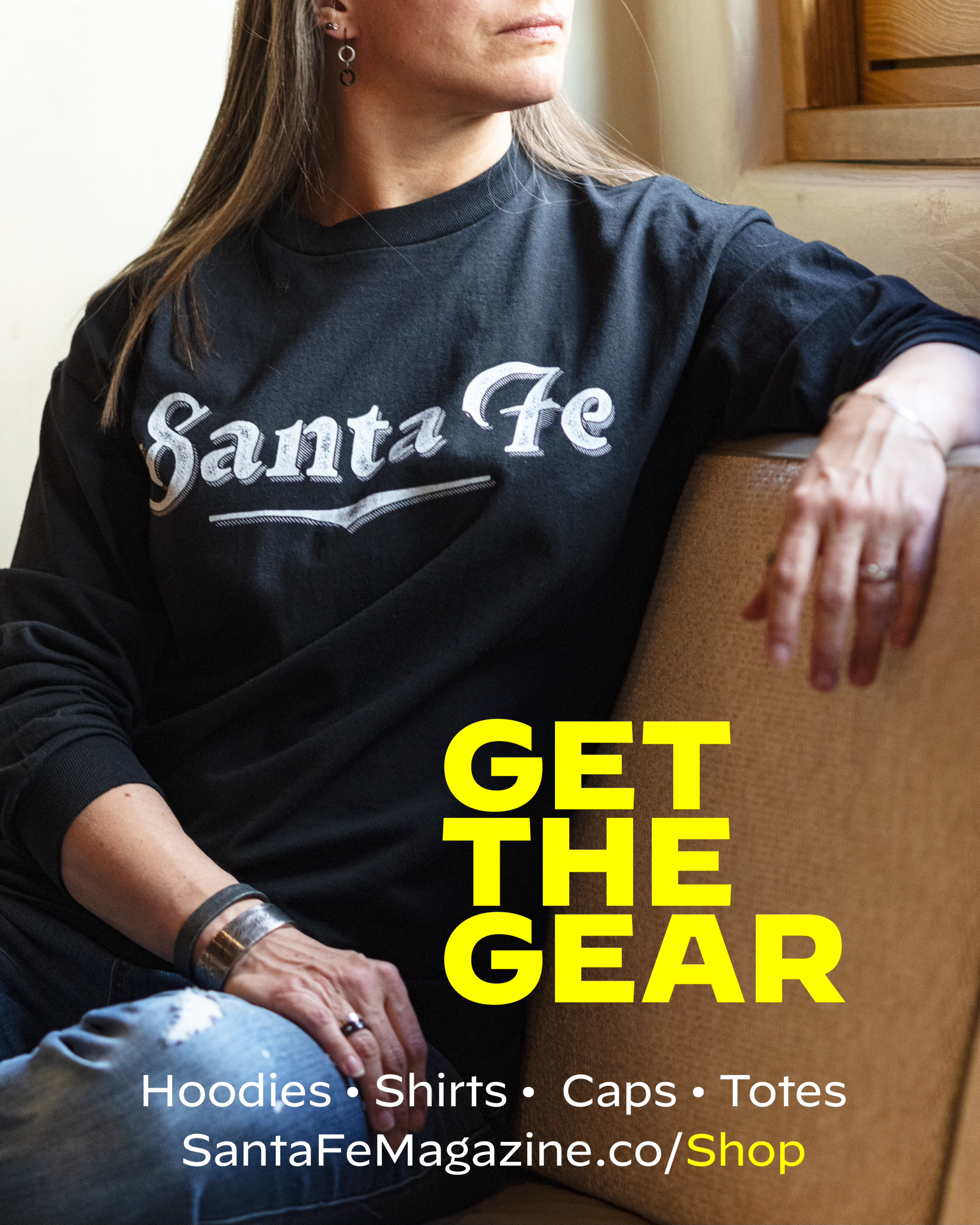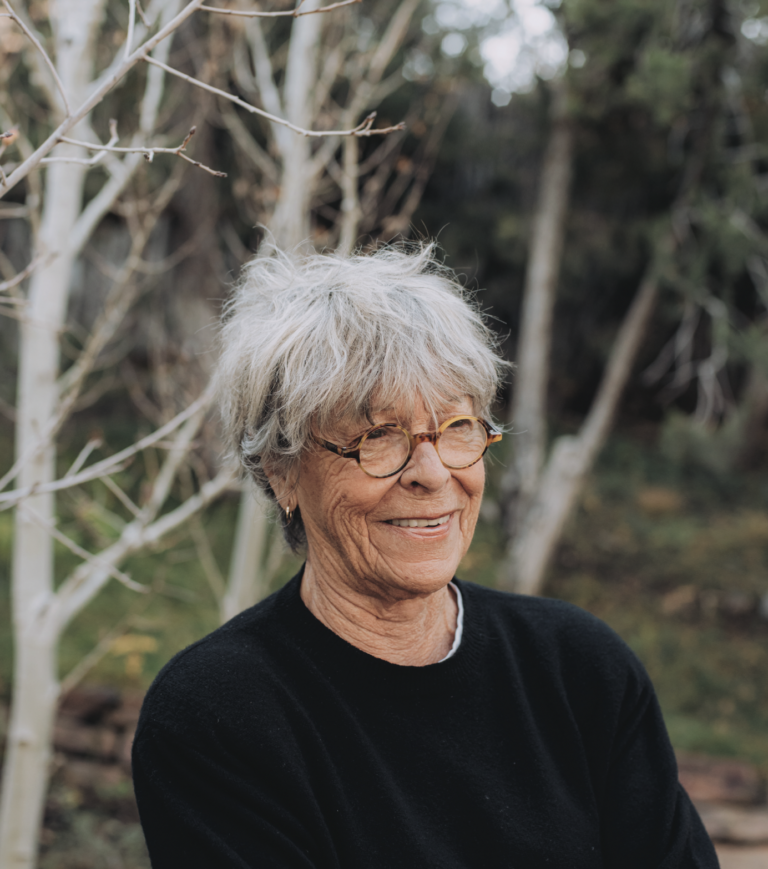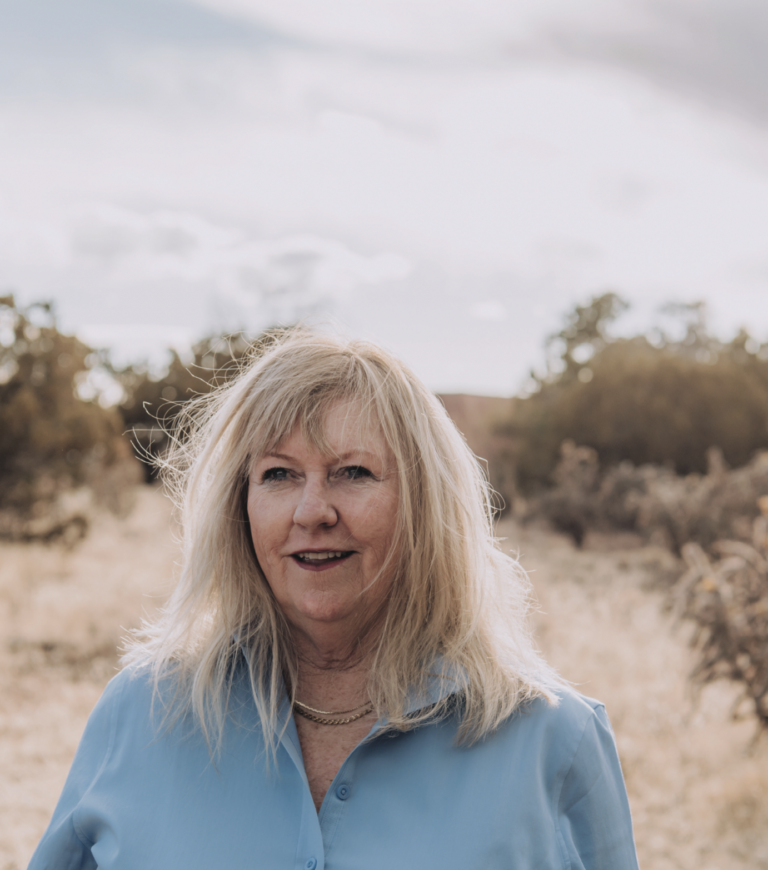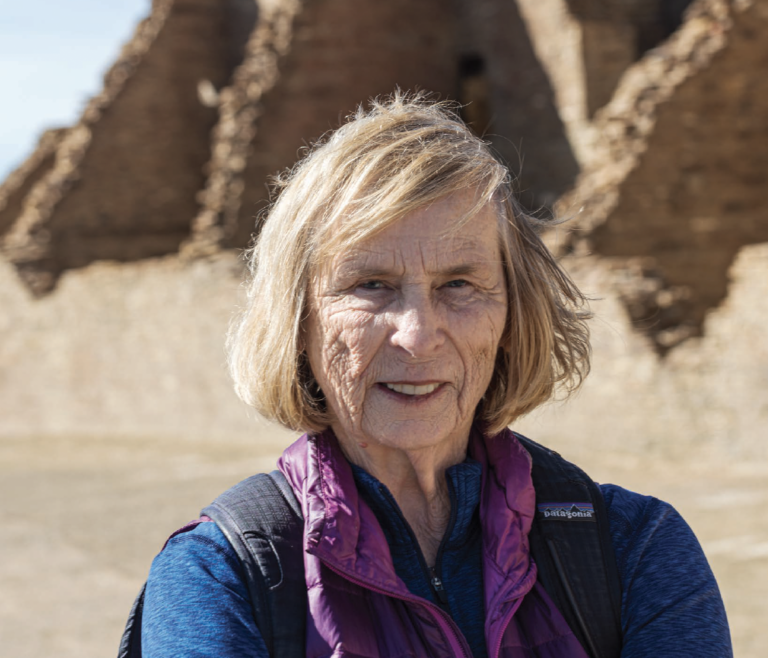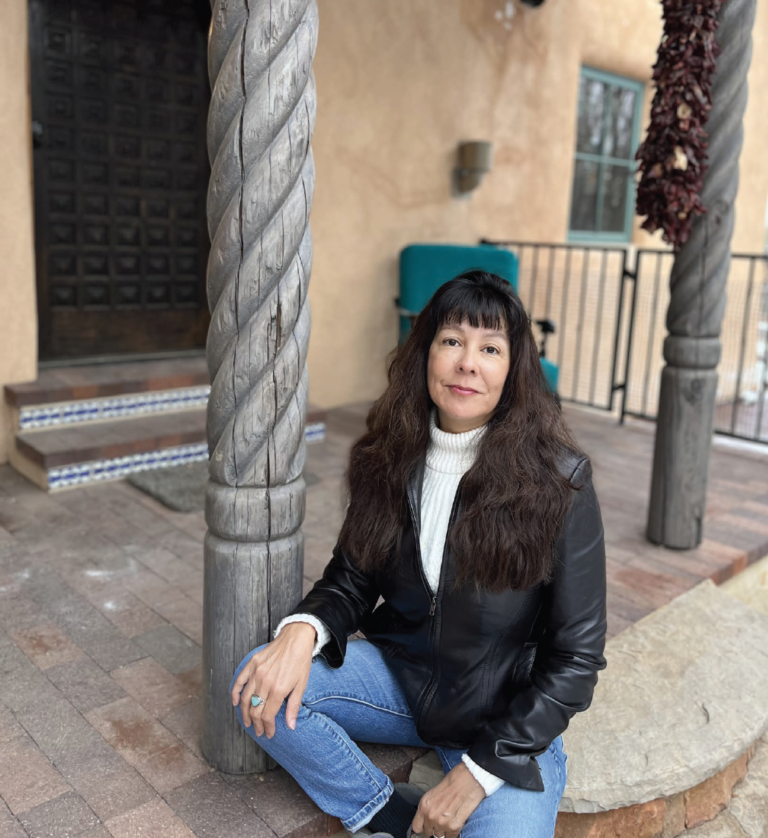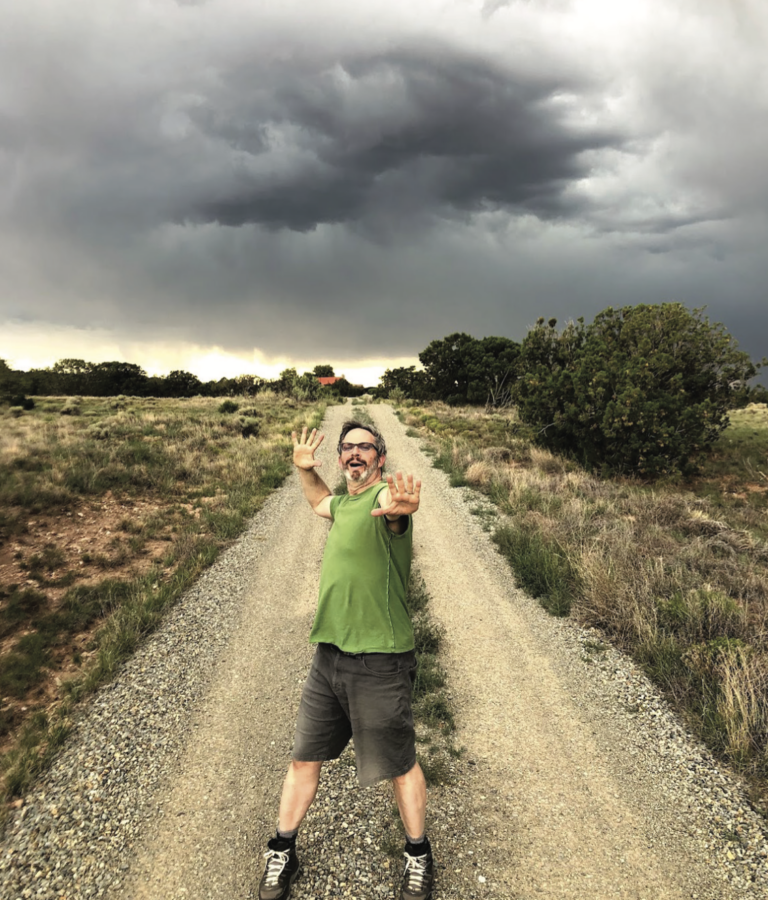WHEN WILL WILSON TOOK HIS FIRST PHOTOGRAPHY CLASS at boarding school, he wanted to do portraits of the Navajo Nation, where he spent summers with his family. At the time, most people had never seen portraits of Native Americans that were not taken by Edward Curtis, whose images essentially defined Natives for Americans. Will felt these images pigeon-holed Native Americans as beautiful, yet tragic, the last gasp of a dying culture.
He quickly found out that on the rez, not everyone wanted their picture taken. I didn’t understand why, he says, but I thought about the mythic tales of Indigenous people being scared of the camera because it steals their souls.
He overcame the hesitancy by making the portraits a collaboration. Instead of standard digital photography, he employed the wet collodion process, better known as tintypes. This early technique actually produced the first-known photography of Navajo people in the 186os.
And for the last ten years, he’s been creating these tintypes from a corrugated metal warehouse off of Siler Road.
Your tintypes refer to Edward Curtis, but are also completely different.
I framed the project as a response to Curtis. I knew that would register with people. I wanted to provide an alternative seen through the lens of his visual vocabulary.
These are all Indian photographs, because I make them, and I’m an Indian. Often, white people appreciate art made by white people about Native people, but they don’t always see the value in art Native people make about themselves. In my pictures, the romantic lens of the old non-Native photographers is gone. My subjects appear exactly as they want to. One of my mantras is What if Indians invented photography? What would that look like?
Why tintypes?
I had a studio near Airport Way. Right around the corner was a company called Bostick & Sullivan who have been making historic photographic process chemistries for 40 years. I got my MFA at UNM before digital, so I was analog-trained. Then digital happened, but when I saw this process at Bostick & Sullivan, I was amazed by the cool alchemic beauty. There’s a certain element of chance. It doesn’t always work perfectly. But handmade photography was wonderful to jump into after seeing digital everywhere.
Then there’s this whole idea of the relational aesthetic. That means that the whole process is about an exchange. It’s a happening, a social practice, a community engagement. This engagement and the process are as important as the final product.
Tintypes take about 30 minutes to do. Thirty minutes to make a portrait. People don’t have this slowed-down experience of photography anymore because digital is instant. But I get to hang out with somebody, talk, and teach them the whole process.
I always bring my darkroom with me. It’s called wet plate because the emulsion has to stay wet throughout the process. If it dries, you don’t get an image. So I do the darkroom work on the spot. I pull it out of the silver and invite the sitter to watch the development. And that’s always a Eureka moment, where people are like, Oh my God, that’s so cool!
It’s collaborative. Different than being a paparazzi, stealing people’s images.
Yeah, the opposite. And then in the end, I gift the sitter the original photographic object. If you sit for me, I give you the original tintype and I make a digital negative. It’s an amazing experience.
You also make Talking Tintypes. What are those?
You can see that on my site. This lets people point their phone at my portraits and watch the subjects tell a story. Go to the site, download a free app, and scan the QR code in the Talking Tintypes gallery. You can hear a tribal chairman talk about the Otoe-Missouria tribe, or watch a jingle dress dancer do a routine, or see my wife play a Bach minuet on the violin.
But these still originate with the tintypes, Curtis’s process. It’s funny, Curtis was a little bit of a Trojan Horse — a way to get my foot in the door. And now I can’t shake him.
Learn more at WillWilson.Photoshelter.com
Photo Kyle Myles

